Which Face Masks Work Best and Which Ones to Avoid?
COVID-19
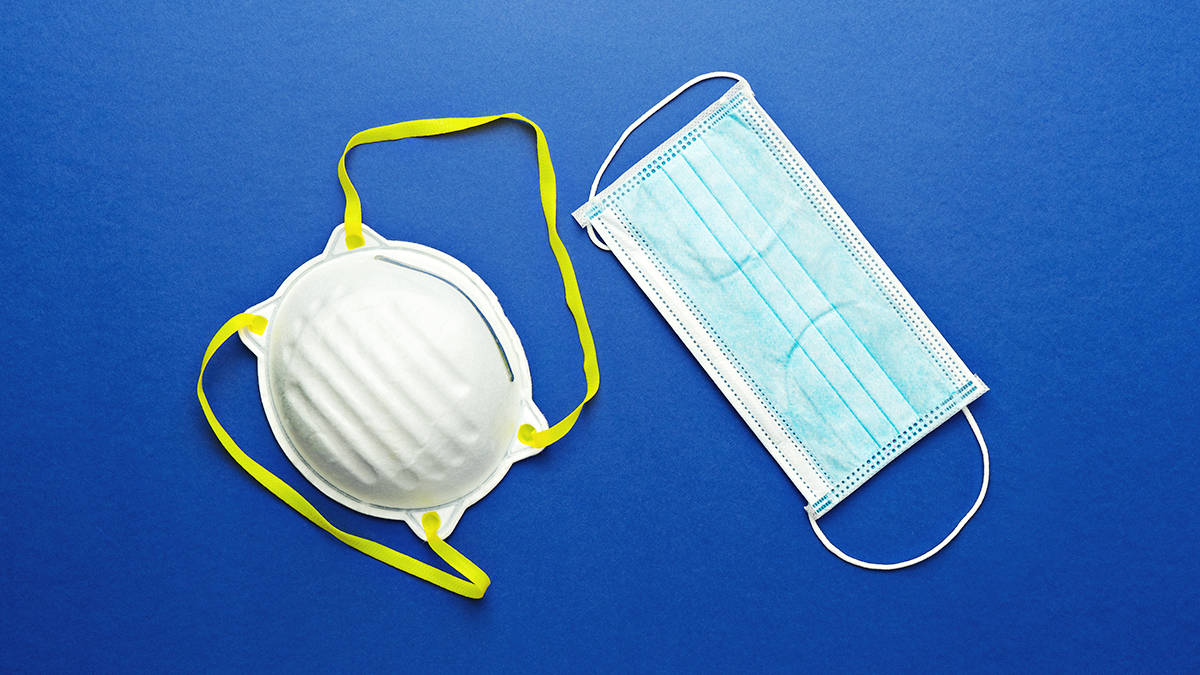
There are many different types and styles of face masks on the market. Do they all offer the same protection? Which ones should you buy? New research is telling us that some masks appear to be better than others. In order to better understand how different kinds of masks can help protect us, we can first look at how viruses spread.
What Causes COVID-19?
COVID-19 is a respiratory disease caused by a virus called SARS-CoV-2. Globally, it has caused over 23 million infections and over 800,000 deaths. While most people who get COVID-19 have mild illness, nearly 20% of people will get severely or critically sick. The best way to stay healthy is to take steps to reduce the likelihood of coming into contact with the virus.
How Does COVID-19 Spread Between People?
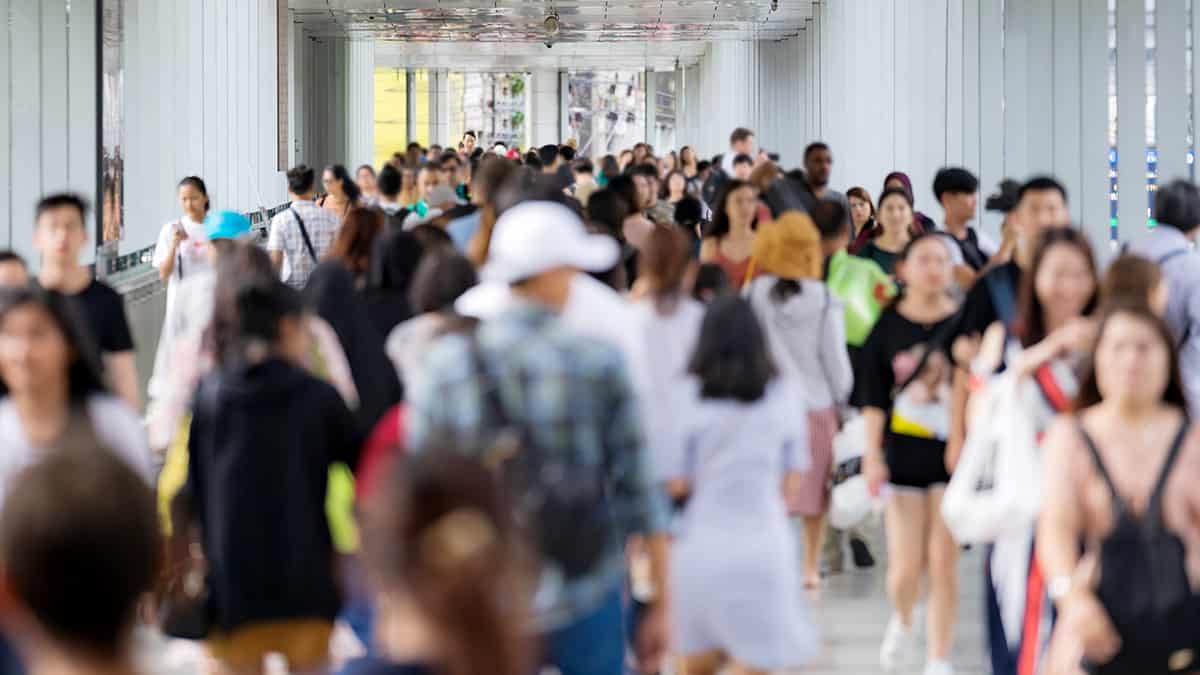
COVID-19 Spreads Via Respiratory Droplets
When people breathe, they blow out aerosols – particles suspended in air. These particles contain tiny droplets of liquid from the lungs and airway. When people have infections, these droplets can contain bacteria or virus. The droplets hang out in the air, and other people can then inhale them. Also, droplets can land on surfaces that other people touch, thus spreading the disease. One study found that virus particles are found in the air and on surfaces more than six feet away from an infected patient.
Respiratory droplets can spread when a person with COVID-19 coughs, sneezes, shouts, or sings. Just talking normally can also transmit them.
Pre-symptomatic and Asymptomatic Spread
People with COVID-19 symptoms should isolate themselves in order to prevent spreading it to other people. However, additional precautions are also needed. Up to 40-45% of people with COVID infections don't display any symptoms. However, they can still spread the virus. These asymptomatic carriers may be able to infect other people for more than 14 days.
Additionally, even when people do get symptoms, they don't get them right away. It can take up to two weeks for someone to come down with symptoms after being exposed to the virus. People who are symptomatic, asymptomatic, or pre-symptomatic for COVID-19 all have viral particles in their nose, and they can all transmit the disease to other people.
Protecting Yourself From COVID-19
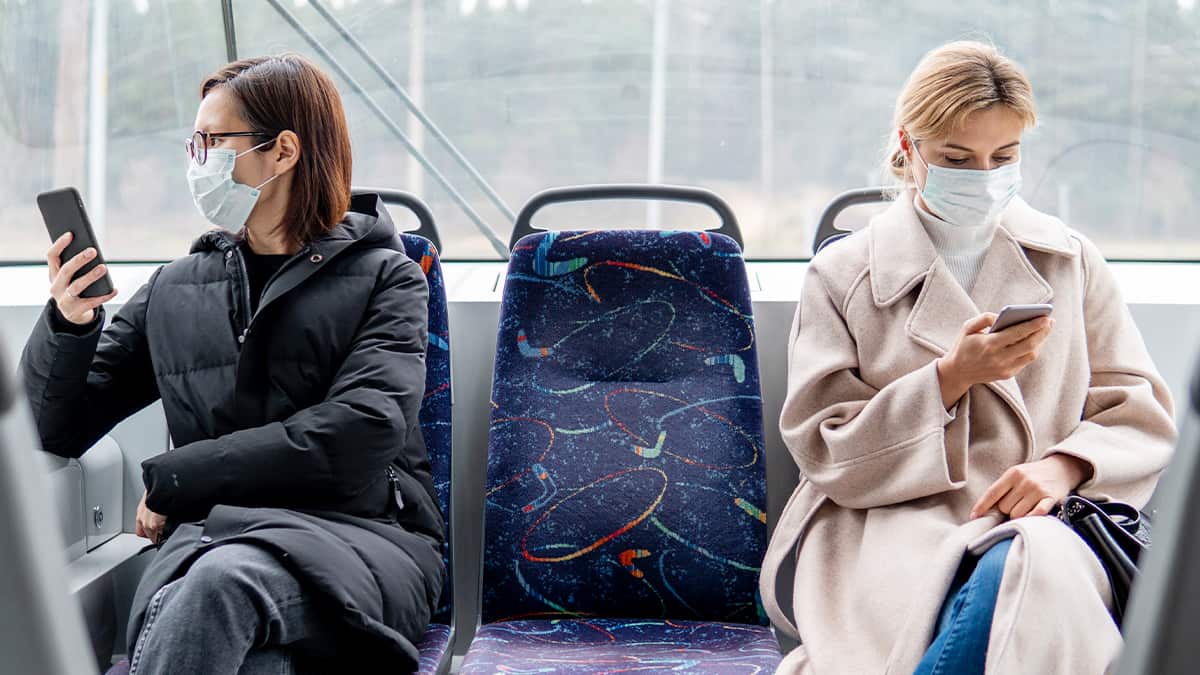
Social Distancing
Social distancing is the best way to avoid coming into contact with the virus. It means that when you are around people you don't live with, you keep six feet between you, or about two arms' length.
Wearing Masks
In cases where social distancing is difficult, experts say that nearly everyone should wear masks. Masks are especially useful when you're spending time indoors. While masks don't completely prevent viral spread, they greatly lower the chance of the virus passing between two people.
The Centers for Disease Control and Prevention (CDC) says that certain people should not wear masks. This includes:
- Kids under the age of 2
- People who have breathing problems
- Anyone who is unconscious
- People who are incapacitated or can't remove a mask on their own
Other Precautions
People who can't wear masks should take other measures to help protect their families and communities. For example, people who are working out or swimming may not be able to wear a mask. In these cases, exercising outside and keeping a large distance between yourself and other people helps minimize risk.
Everyone should also try to embrace additional protective measures, such as:
- Washing your hands regularly, for at least 20 seconds
- Using hand sanitizer if you can't wash your hands
- Avoiding touching your face, especially your eyes, nose, and mouth
- Covering your mouth and nose when you cough or sneeze and immediately cleaning your hands
- Disinfecting surfaces that you regularly touch, such as counters, doorknobs, handles, phones, and light switches
Do Masks Work?
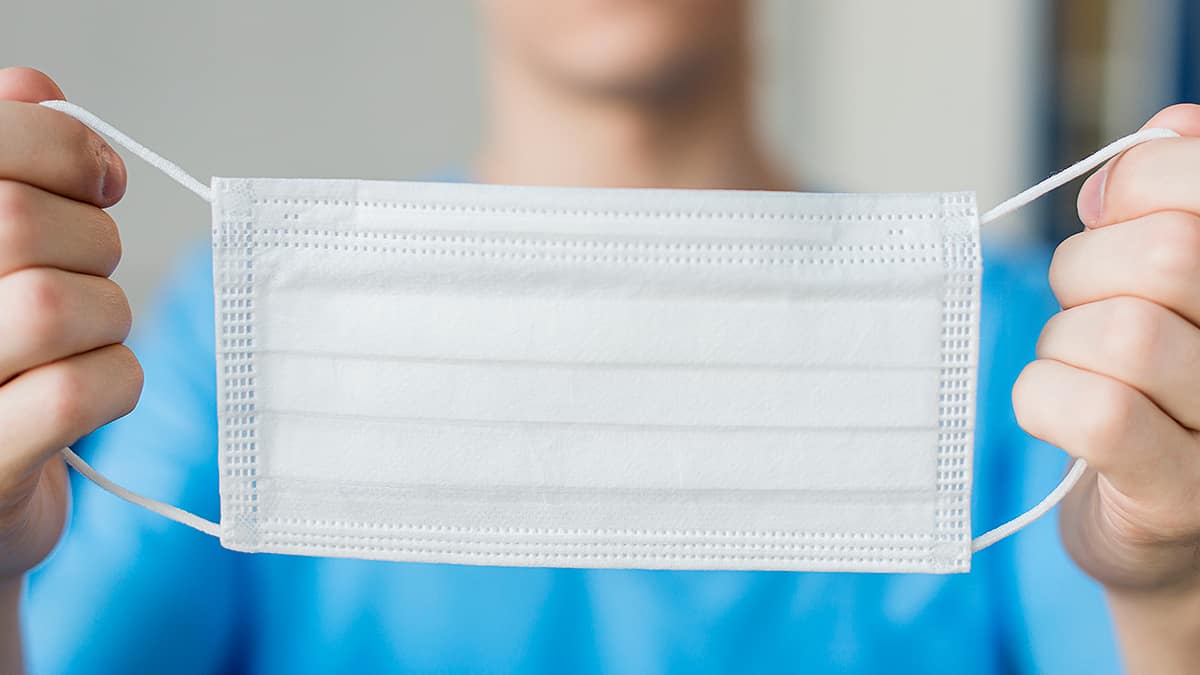
What the Research Shows
Masks have been worn during surgery for nearly 100 years, in order to prevent surgeons from spreading germs to patients. Healthcare providers also wear them to protect themselves from their patients. We have long trusted masks to protect us in medical settings.
As COVID-19 has grown into a global health crisis, researchers are scrambling to get more data about the effectiveness of masks. In one large study, researchers at the largest healthcare system in Massachusetts studied how quickly COVID-19 spread before and after implementing a mask policy. In the early days of the epidemic, the number of cases among healthcare workers rose by 1.16% per day. After a policy went into place requiring that all employees and patients wear masks, the number of cases decreased by 0.49% per day.
One interesting case is the story of two hair stylists working in Springfield, Missouri. The stylists had COVID-19 symptoms while working with clients, and eventually tested positive. However, both the stylists and their clients wore masks during appointments, and none of the 139 patients tested positive or developed symptoms. This doesn't mean that masks are 100% effective – if you feel sick, stay home. However, it does show that masks can play an important role in protecting people.
Experts Recommend Wearing Masks
Wearing a mask has two purposes:
- It lowers the chances that you will inhale the virus
- It prevents you from spreading COVID-19 to others if you are infected
Currently, experts and CDC recommendations say that we should all be wearing masks. Dr. Robert R. Redfield, Director of the CDC, recently said:
"We are not defenseless against COVID-19. Cloth face coverings are one of the most powerful weapons we have to slow and stop the spread of the virus – particularly when used universally within a community setting. All Americans have a responsibility to protect themselves, their families, and their communities."
Which Mask Types Work Best?
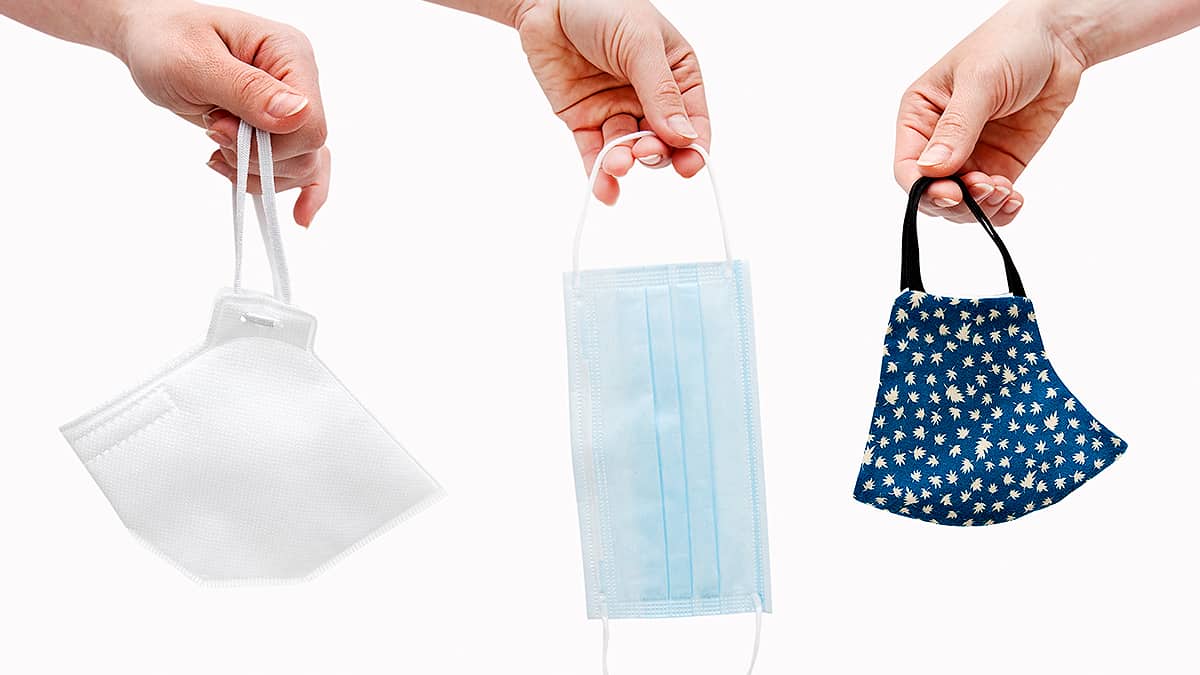
Several past studies have found that surgical masks and N95 respirators, often worn by healthcare workers, can help prevent the spread of seasonal viruses such as the flu. When it comes to COVID-19, mask research is in the early stages, but we are slowly gathering new information.
Mask Types: What We're Learning
A few recent studies have provided information regarding which fabric types may be effective at preventing the spread of viruses or respiratory droplets:
- Research using artificial particles that act like respiratory droplets found that a single-layer bandana wasn't very protective, but a folded handkerchief worked slightly better. Cloth masks that contained two pieces of cotton fabric blocked the vast majority of the particles, although a small percentage could escape from the top of the mask because of gaps between the nose and the mask.
- Another study showed that many cloth masks worked about as well as surgical masks for blocking respiratory droplets. These included masks made from cotton, polypropylene, cotton-polypropylene blends, and polyester. Interestingly, this study found that bandanas essentially offered no protection, and a gaiter or neck warmer made from fleece may actually lead to more respiratory droplets than not wearing anything at all. The authors hypothesized that fleece may break up larger droplets into many smaller ones, which were more likely to hang around in the air. More research needs to be done to find out whether this is in fact the case.
- Hybrid fabrics may block particles the best, according to an additional study. These fabrics include cotton-silk, cotton-chiffon, and cotton-flannel. The study authors also found that fabric with a higher thread count was probably more effective.
- Masks made from one layer of cloth and paper towels may be able to block the majority of virus particles.
- Masks made from 2-3 layers of T-shirt fabric might be a good balance between effectively blocking virus and being breathable.
- When researchers analyzed the ability of nontraditional materials to filter out viral particles, they found that vacuum cleaner bags were fairly effective. People may be able to use these bags as a filter in a mask.
You may notice that there is no clear answer here, and that the results of some experiments may actually be slightly conflicting. This is because many of these studies were very small, and some researchers studied artificial particles rather than actual viruses. Much more research is needed in order to get clearer data. However, takeaways from these studies show that effective masks most likely:
- Have multiple layers of fabric
- Are made from cotton or cotton blend fabric (although synthetic poly blends may be effective too)
- Fit the face snugly, with minimal gaps
The World Health Organization recommends wearing a three-layer mask, in which the outer two layers are cotton and the middle is a filter made from polypropylene fabric.
Duke professor Warren S. Warren, who worked on the second study listed above, gave an additional tip: “If you can see through [a mask] when you put it up to a light and you can blow through it easily, it probably is not protecting anybody.”
Masks to Avoid
Although surgical masks and N95 respirators can block the majority of respiratory droplets, the CDC does not recommend that the public use them. This is because there is a limited supply of these masks, and they should be reserved for healthcare workers who are coming into contact with COVID-19-postive patients on a regular basis. Especially since new research is showing that cloth masks may be nearly as effective, it is not necessary that the public wear surgical masks or N95 respirators.
Some types of masks have an exhalation vent or valve. Air can flow out through the valve, but can't come back in. These masks should also be avoided because they do not block respiratory droplets and will not prevent an infected person from spreading the virus.
Are Face Shields Necessary?
The difference between a mask and a shield is that a shield provides eye protection, whereas the mask only covers the nose and mouth. Unfortunately, there is currently limited evidence to say whether or not face shields help prevent the spread of COVID-19. One study found limited evidence that COVID viral particles may be found in the eye, but so far there's not much information to show that the virus can infect someone by entering the eye. Shields may be useful for people who are deaf or hard of hearing and rely on lip reading. However, in general, the CDC does not recommend using a shield in place of a mask, because it does not provide as much protection. People who are more likely to come in contact with COVID-19 patients may want to wear a shield in addition to a mask for extra safety. Face shields that are connected to a hood, wrap around the side of the face, and extend below the chin are the best options. If a shield is used, it should be decontaminated after every use.
Where to Get Masks
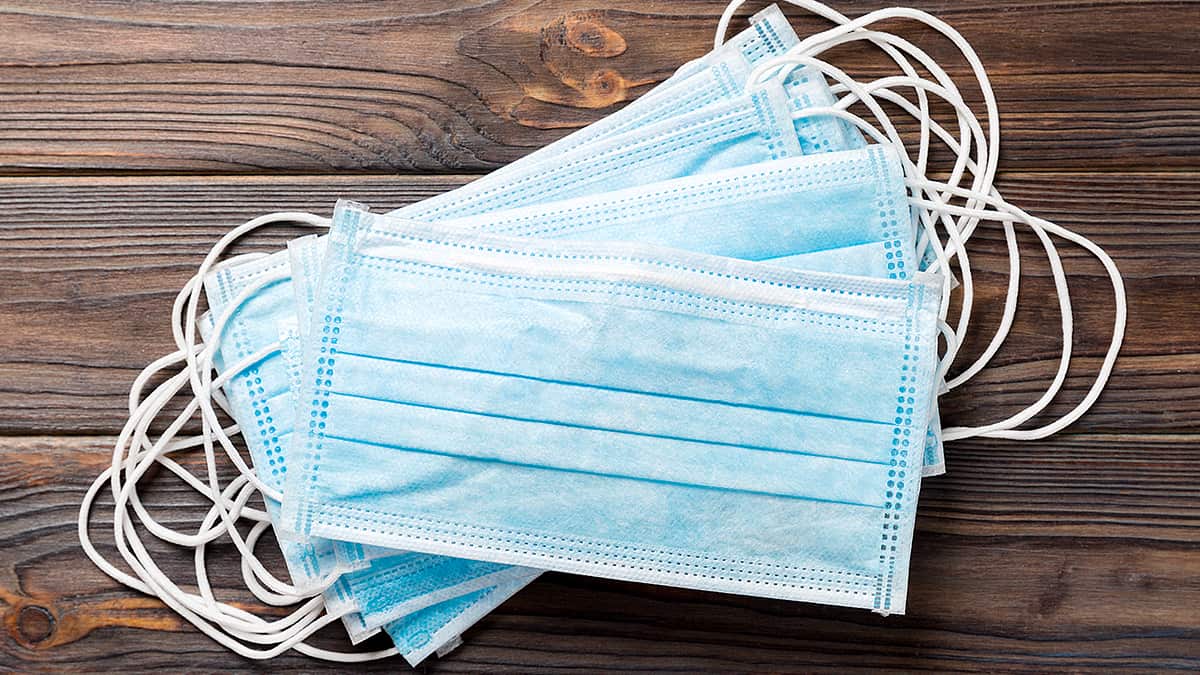
Buying a Mask
A huge variety of masks are currently available for purchase. Many clothing and streetwear brands are producing different types and styles of fabric masks. Face masks are available from both large retailers such as Amazon and Target, and small businesses, who may sell their products through social media or through commerce sites like Etsy. More expensive designer brands have even been offering masks. No matter what colors, patterns, or styles you prefer, there is a mask out there for you!
Masks come in many different sizes. The fit of a mask is also influenced by whether it ties behind the head or uses loops that go around the ear. People have different preferences when it comes to which style of mask feels the most comfortable, so you may have to try a couple of different types before you get one that works for you. Whichever style you get, you should make sure that the mask is able to completely cover your mouth and nose and fits snugly without any large gaps.
Making a Mask
There are a huge number of tutorials available for making masks of different styles. Try Googling or searching on YouTube to learn more about how to sew yourself a mask! The CDC also offers basic instructions for sewing a simple rectangular mask with elastic ear loops. The CDC's website also includes a no-sew tutorial for folding a bandana or piece of square fabric into a face mask.
Wearing Your Mask Safely
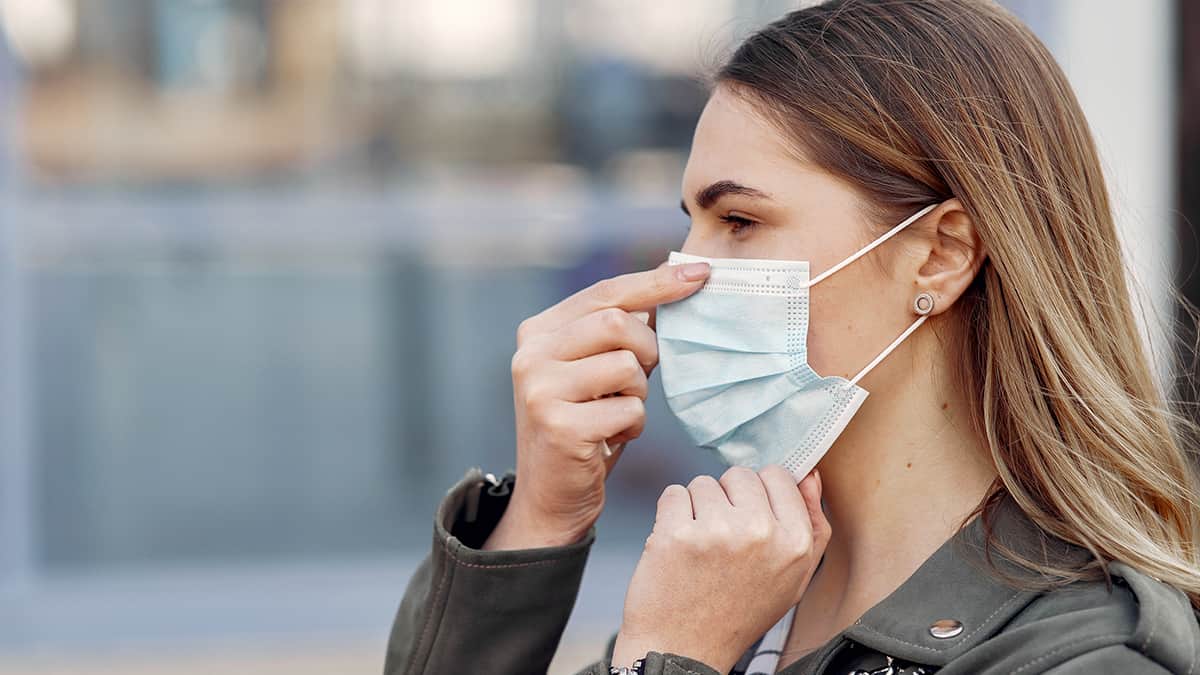
Putting on a Mask
You should wash your hands anytime you put on your mask. Make sure the mask completely covers both your mouth and your nose. As you're wearing the mask, don't push it down around your neck or push it up onto your forehead. You should also avoid touching the mask if possible. If you do need to touch or adjust your mask, wash your hands before and after.
Removing a Mask
Leave your mask on until you get home. Once you're back inside, take your mask off by touching only the ties or ear loops. Immediately put your mask into the washing machine and wash your hands.
Washing a Mask
Wash your mask after every single use. Follow any care instructions, if they came with your mask. Wash with detergent and warm water in the washing machine, along with your clothes. You can also hand wash using a disinfecting bleach product and rinsing thoroughly. Make sure your mask is completely dry before wearing it again.
Conclusions
Masks are an extremely important tool for slowing and preventing the spread of COVID-19. For the highest amount of protection, use a mask that contains multiple layers and fits snugly to your face. Following recommended protocols related to wearing and washing your mask will also play a big role in reducing your disease risk.